Some Things You Might Not Know about Madeleine L’Engle
Something a bit different today – a piece about children’s literature legend Madeleine L’Engle.

ADVERTISEMENT
ADVERTISEMENT
L’Engle’s granddaughters Charlotte Jones Voiklis and Léna Roy have written a biography about her, which is out tomorrow (Feb. 6, 2018), and I asked Léna to share a three things that surprised her most while writing the bio.
Léna, the floor is all yours . . .
Léna Roy: My sister and I were very close to our grandmother, who by the time we were born, had already become very much herself. We knew her as an empathetic woman, deeply connected to her feelings, and for that reason, she was able to connect with kids at any age and point of development. She was an adult who “got” us — she made us feel seen as she did millions of other people who read her books. She corresponded with so many who said that her words gave them permission to be themselves.
So of course as we came into older adulthood, indeed becoming more ourselves, we were fascinated by the idea of how our Gran became Madeleine L’Engle and wanted to share our perspective with the world. Writing our grandmother’s biography Becoming Madeleine was a wonderful process of discovery, bringing her back to life. Here are three of the things that surprised us the most.
#1: Growing Up
We knew that in her early childhood she was alone but not lonely. As an only child, she had a rich imagination that was more than enough company. But that solitude morphed into intense loneliness when she was a pre-adolescent and abandoned at a Swiss boarding school. Because of the terrors of adolescence, we had assumed that she couldn’t wait to be an adult. So we were surprised to learn that she, as a child, didn’t look forward to growing up at all. Her parents after all, weren’t happy, but if she could stay a child, she still would have endless possibilities in front of her. She didn’t want to lose all of the selves she was creating with her imagination. She would hover on the sidelines of her parents “grown-up” parties, observing the adults and terrified at the thought of being one of “them”. The Gran we knew aged fabulously — she was never ashamed of it or tried to be younger. (Although part of her did remain young — she was after all, “every age she’d ever been!”)
#2: Ambition
We knew that she always wanted to be a writer, but we didn’t know just how ambitious she was. You will see in her earnest journal entries that she put her heart and soul into that yearning for success and recognition.
We knew that she adored her father, what we didn’t know is that his attitude towards failure and success were passed down to her, fueling that ambition. Her father ended up seeing himself as a failure as a writer, and we were surprised to learn that he was, for Gran, a cautionary tale. He didn’t seem like a failed writer to us in the sense that he was published many times over, and he also was a journalist. We were surprised to learn that his frustrated ambition (after WWI he couldn’t get published) caused him such misery that Gran was afraid of what failure might do to her. She blamed him for not being disciplined enough, so she was driven to be disciplined in her writing and other habits.
#3: Playwriting
ADVERTISEMENT
ADVERTISEMENT
After she graduated from Smith College, she moved to Greenwich Village to make a go of it in the theater. We knew that she saw this as the best education for a writer, but we didn’t know that her ambition was to be a playwright, and how hard she worked to make the right connections in the theater. She wrote a play specifically for an actress, Eva Le Gallienne, who had a loose connection to Smith and she had the “possibility” of meeting. She was dogged, and when she did eventually meet the great actress, although the play was never performed, Gran became part of her theater company and started working on her first novel based on the theater and her own experiences. Her second novel was based on the play she had been writing for Miss Le Gallienne.
Thus she got her foot in the door and started making a name for herself, and never looked back. Her intense writing discipline and ambition made it possible for her to publish sixty books in her lifetime, despite ten years of near constant rejection before A Wrinkle in Time cemented her reputation.
These discoveries helped us to deeply understand our Gran’s own narrative arc and how she was Becoming Madeleine: her fear of growing up turned into a profound respect for childhood, and her fear of failure fueled her ambition and discipline as a writer. And it was her passion for theater that paved the way for her as a novelist.

Léna Roy works with young writers in Westchester and Connecticut as the Regional Manager for Writopia Lab. She is also the author of the young adult novel, Edges. She lives in New York.
Filed under: Articles
About Travis Jonker
Travis Jonker is an elementary school librarian in Michigan. He writes reviews (and the occasional article or two) for School Library Journal and is a member of the 2014 Caldecott committee. You can email Travis at scopenotes@gmail.com, or follow him on Twitter: @100scopenotes.
ADVERTISEMENT
ADVERTISEMENT
SLJ Blog Network
Cover Reveal and Q&A: The One and Only Googoosh with Azadeh Westergaard
Winnie-The-Pooh | Review
Parsing Religion in Public Schools
ADVERTISEMENT

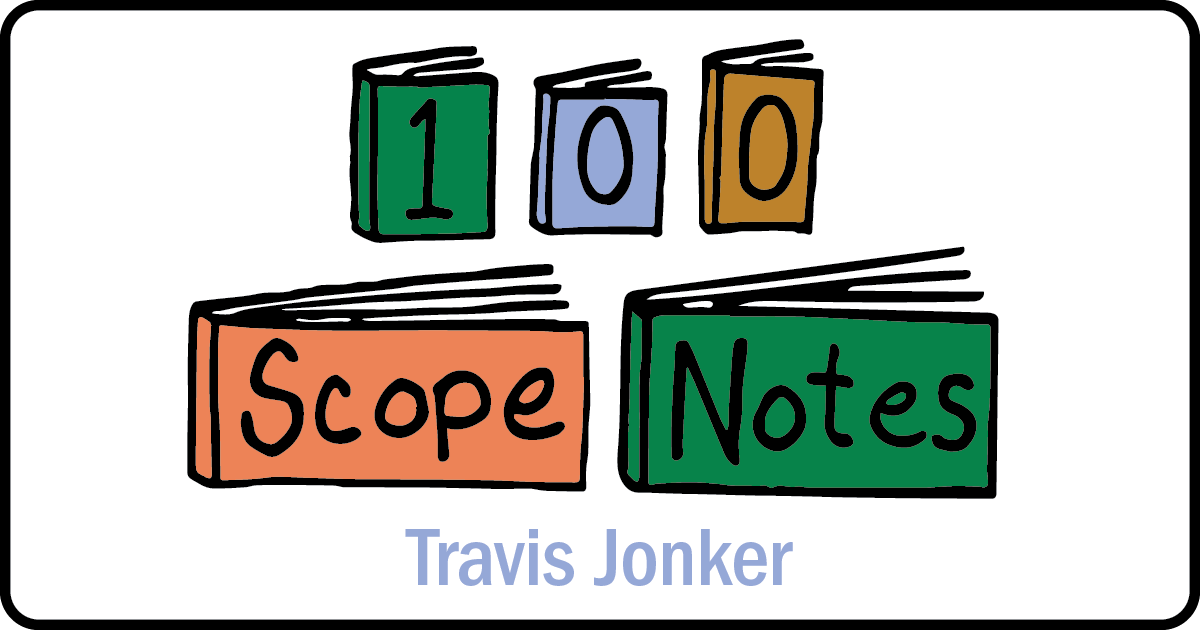

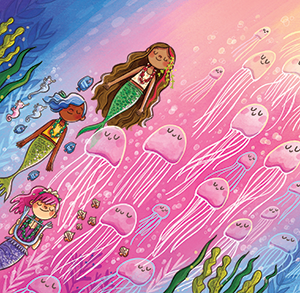
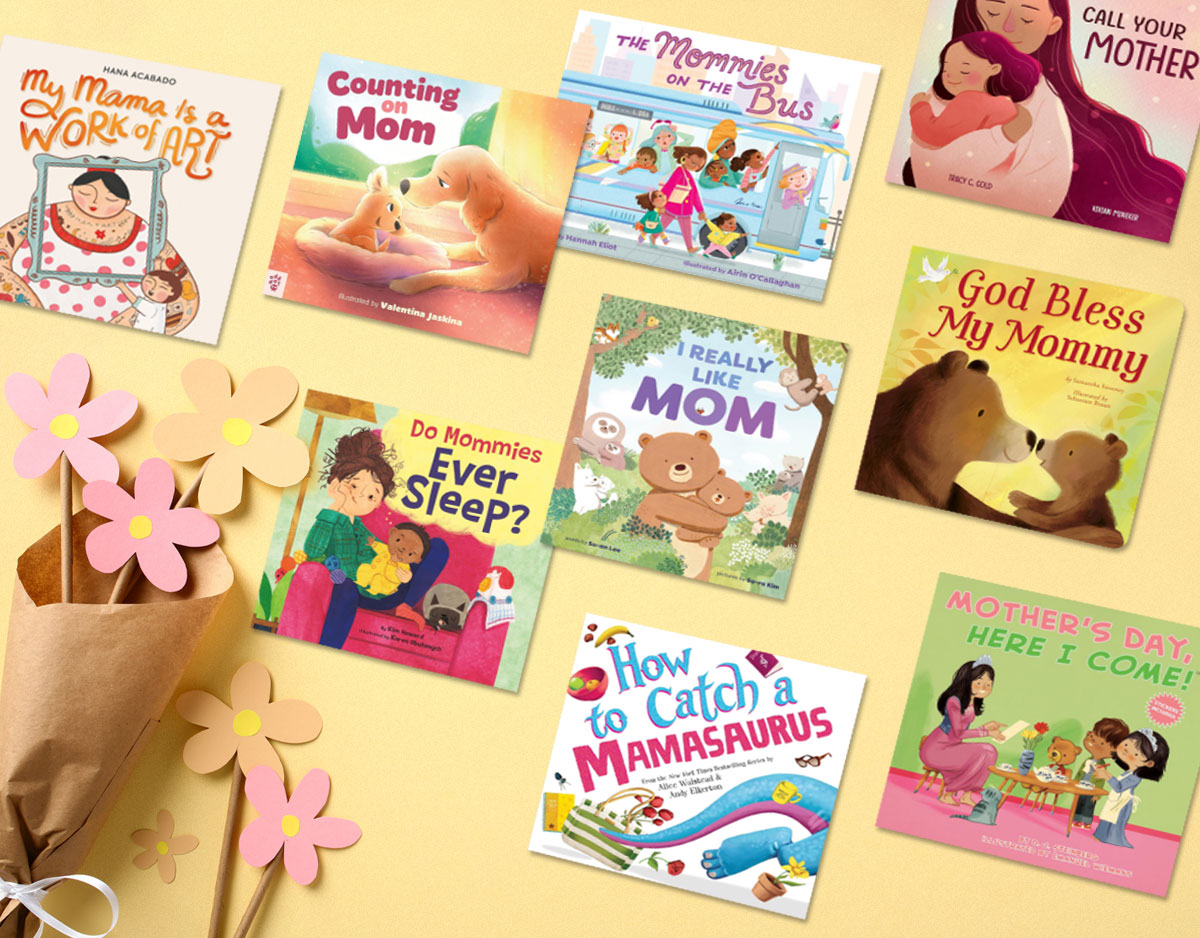
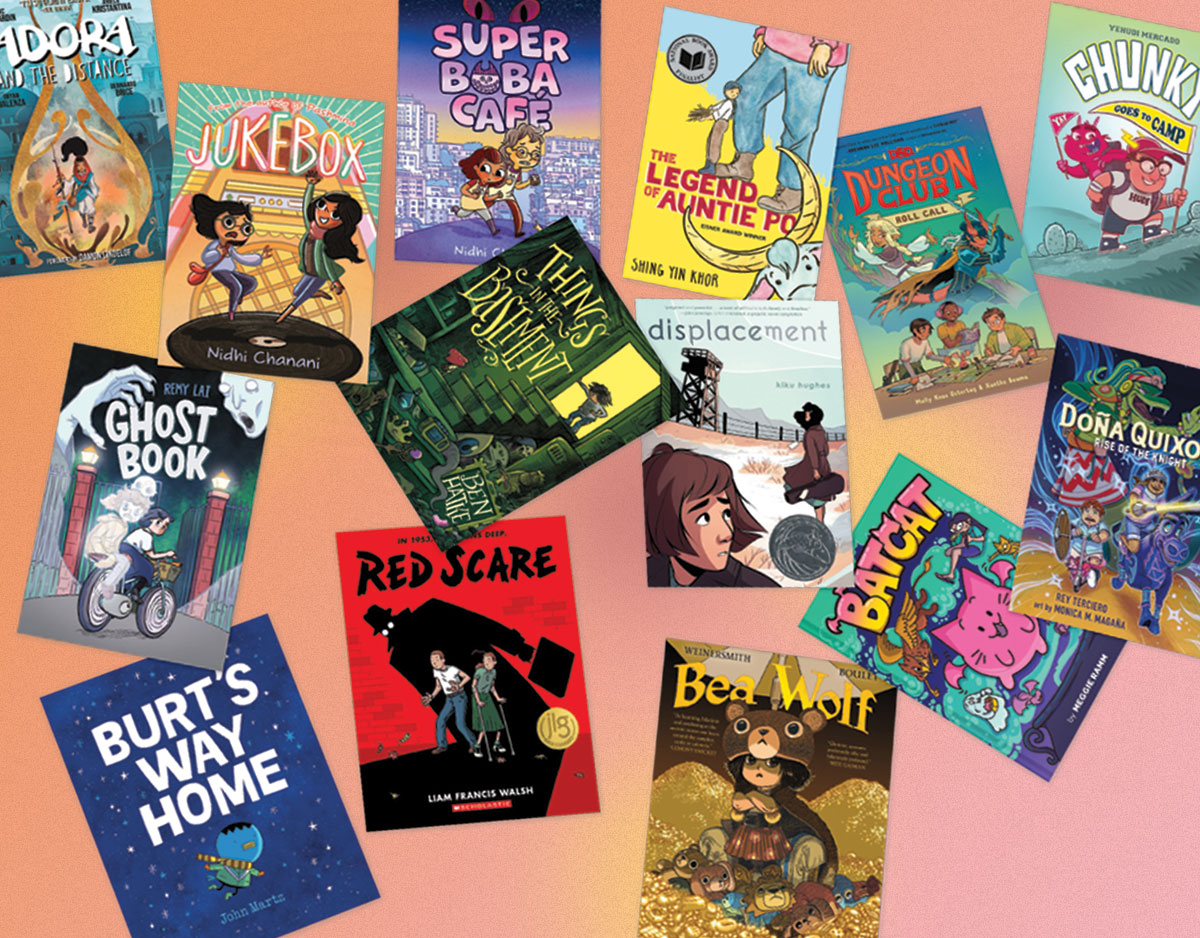

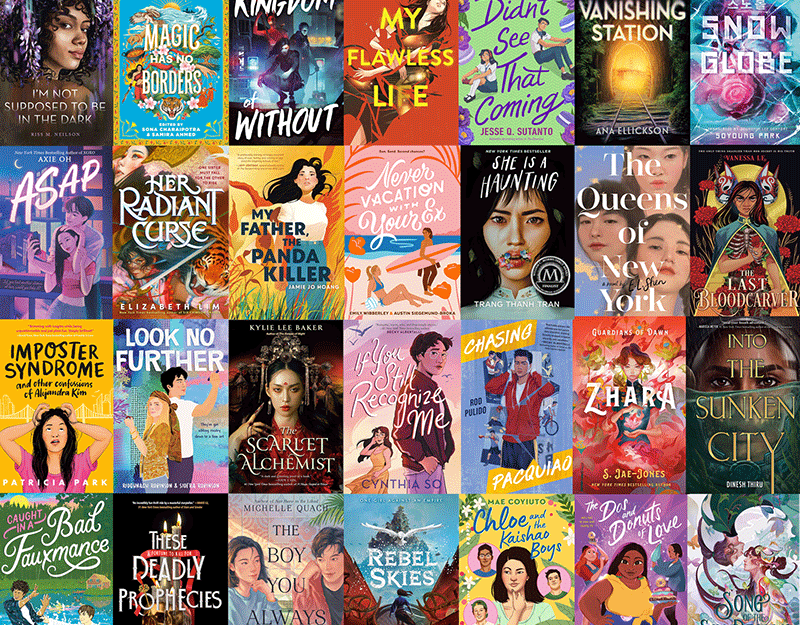
This is fascinating stuff–thanks for sharing it!
I love Madeleine L’Engle–one of my favorite writers of children’s novels (named our daughter Madeleine largely after her). Can’t wait to read this!